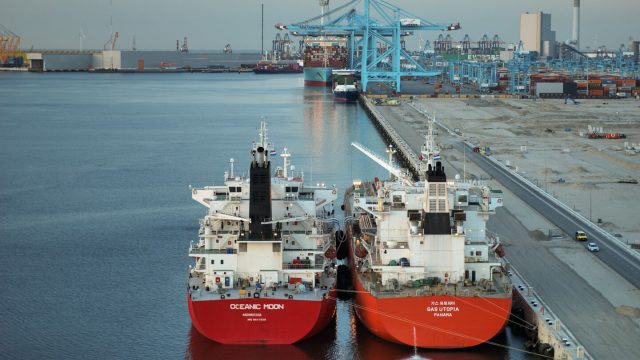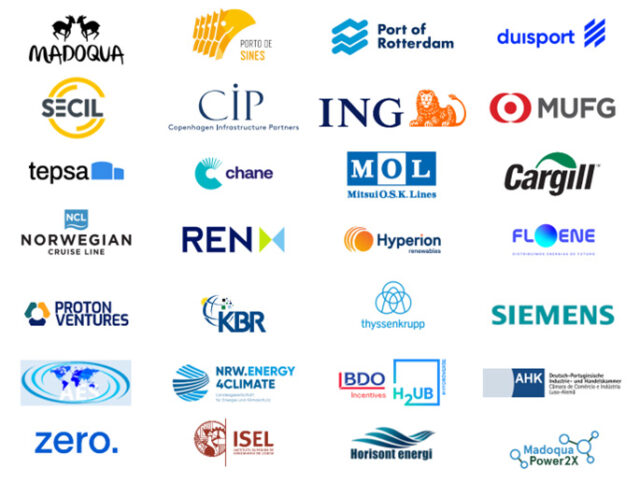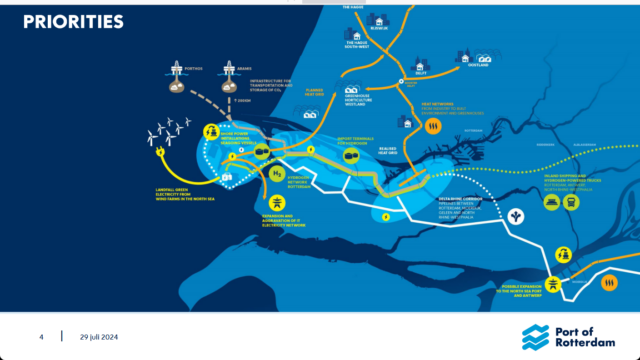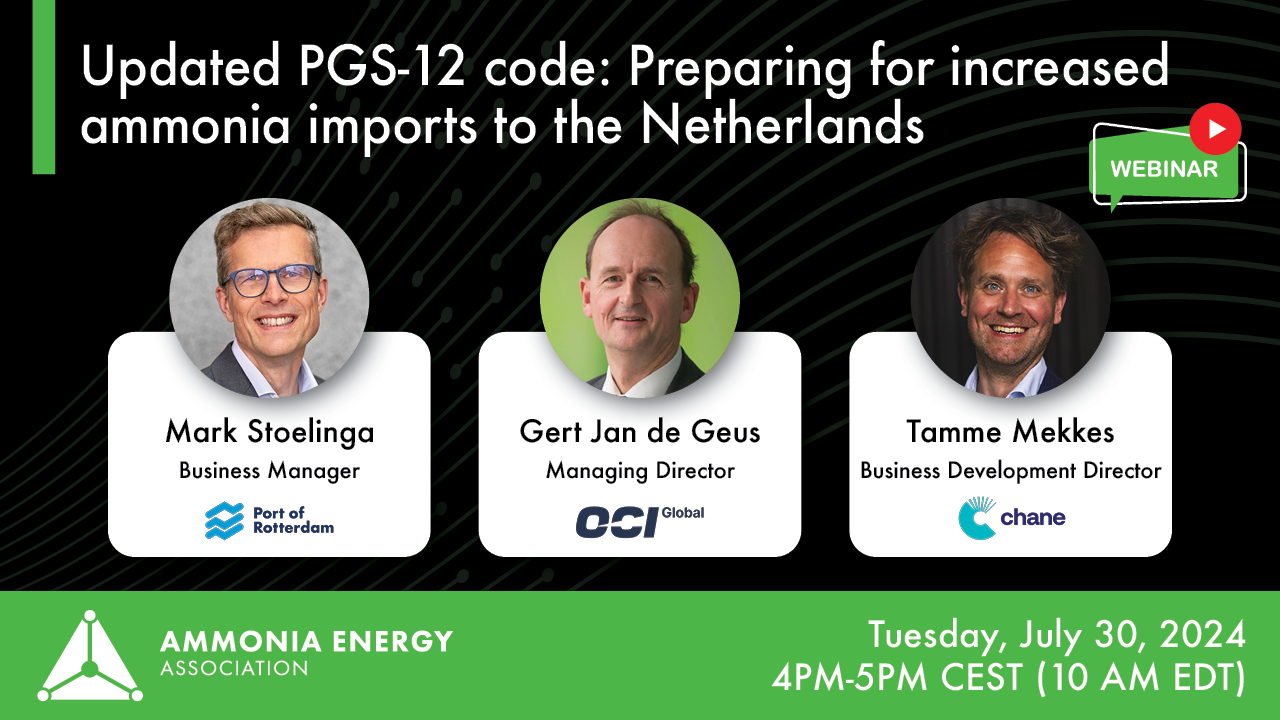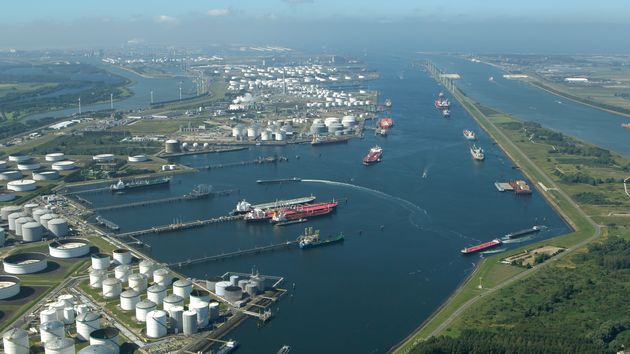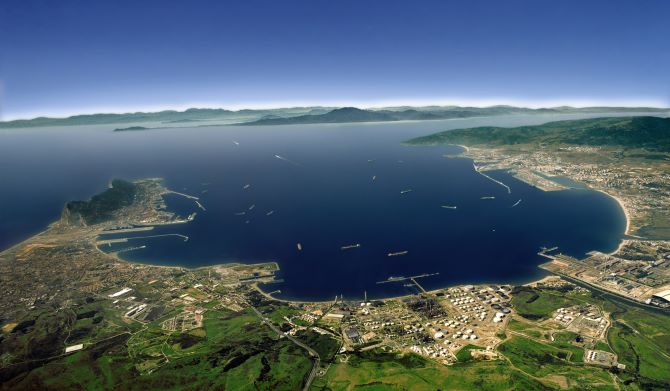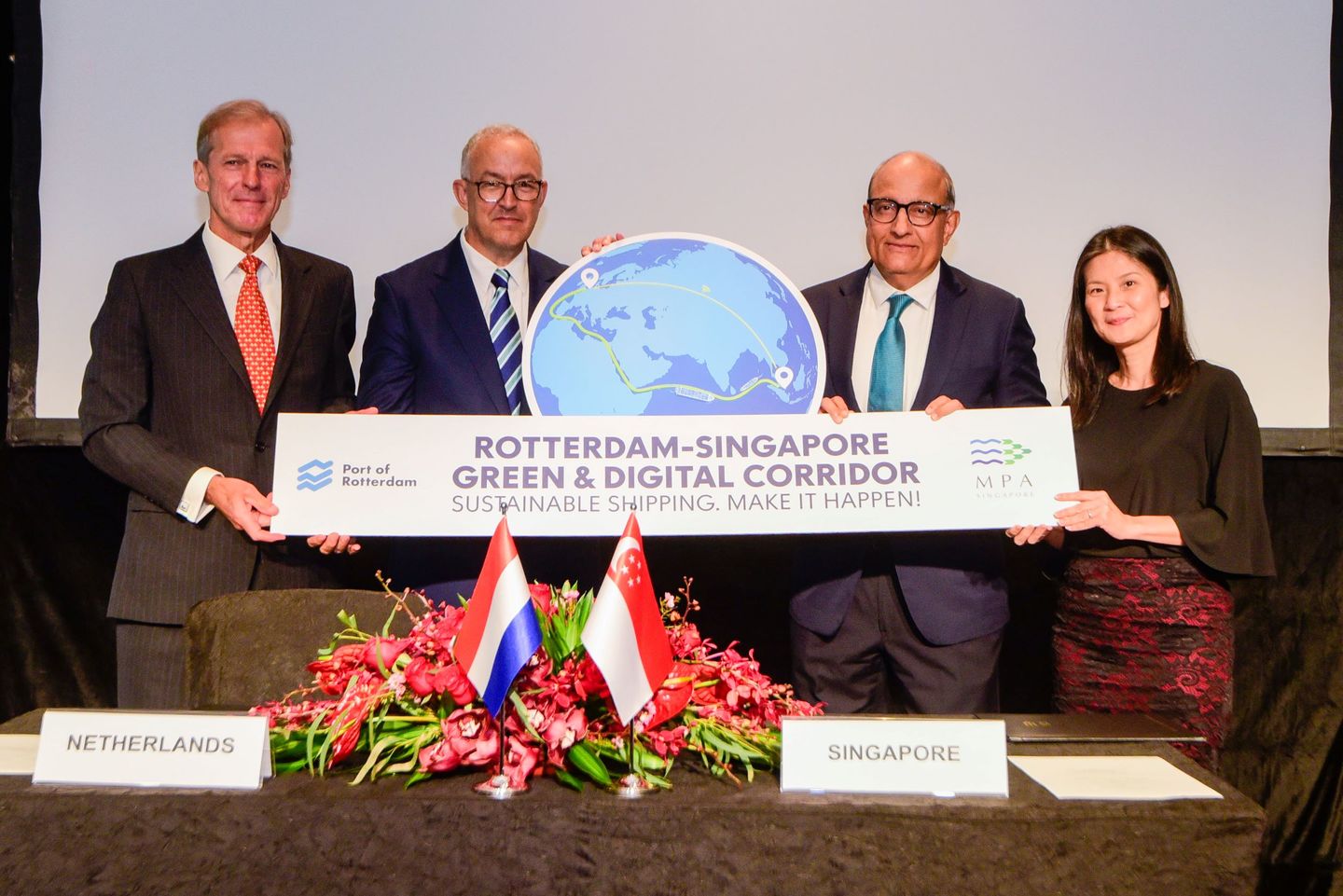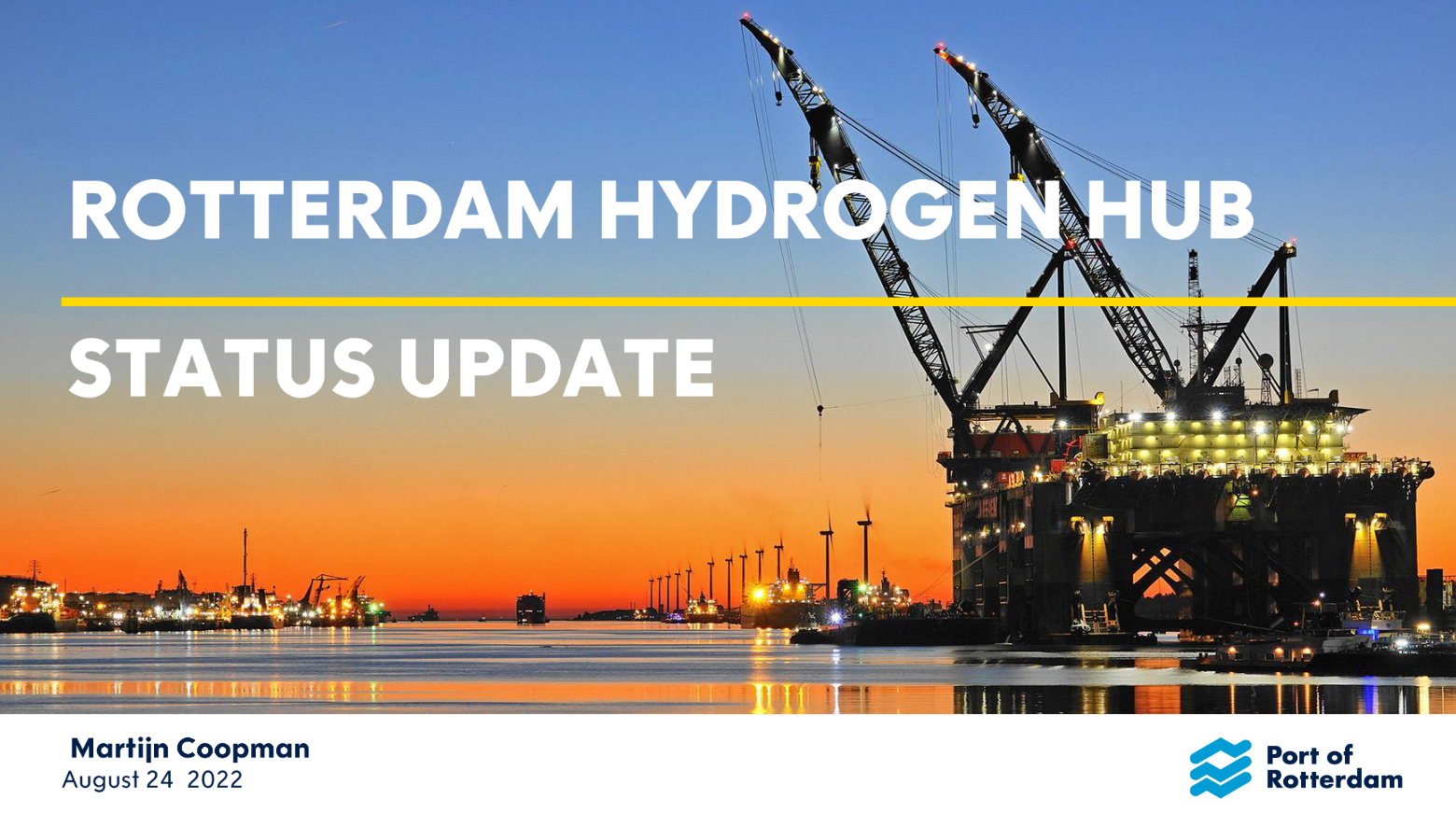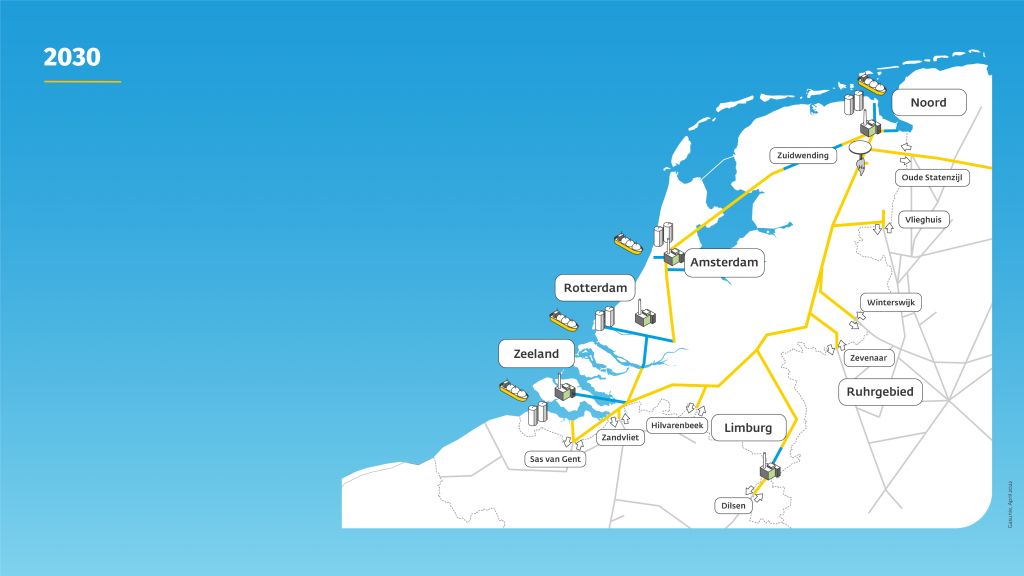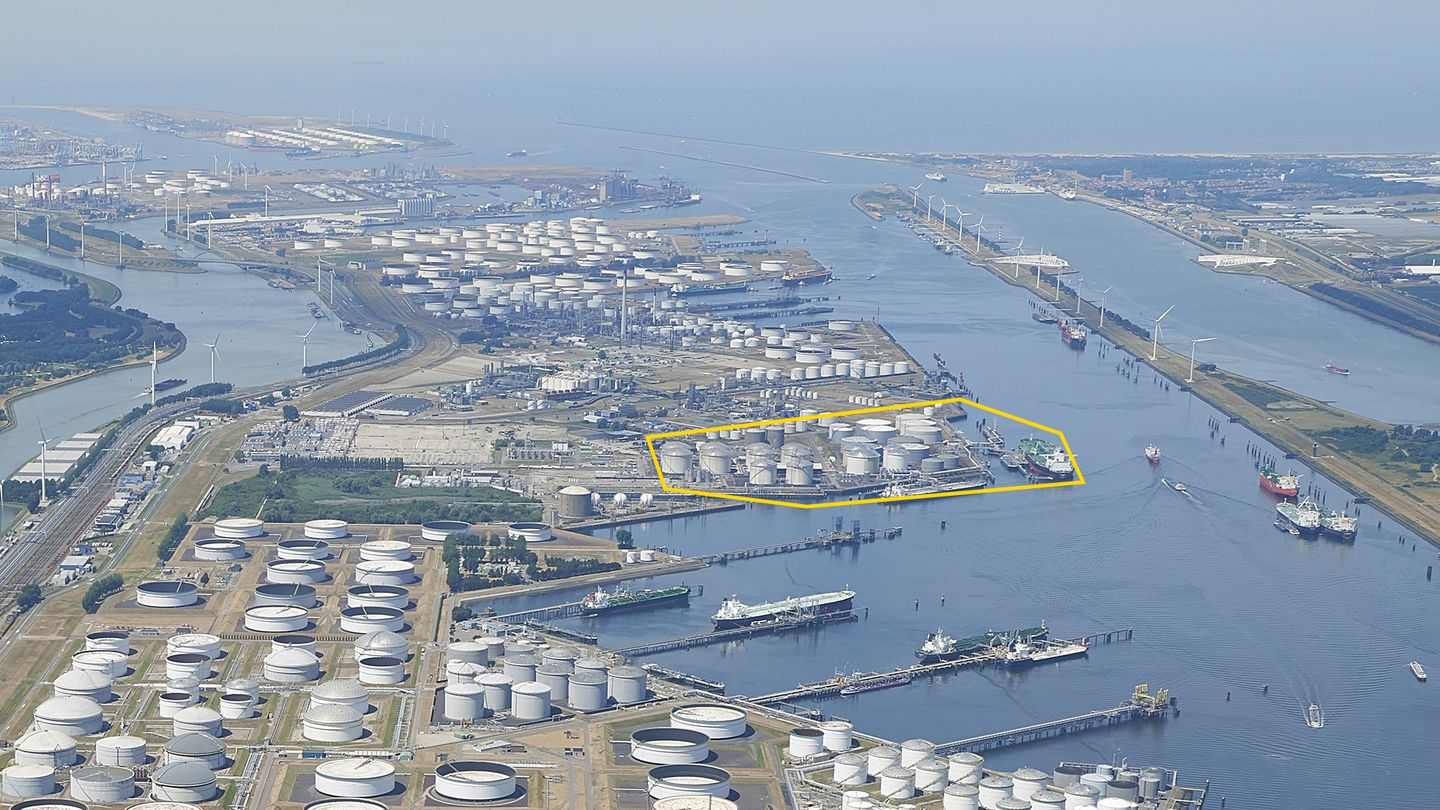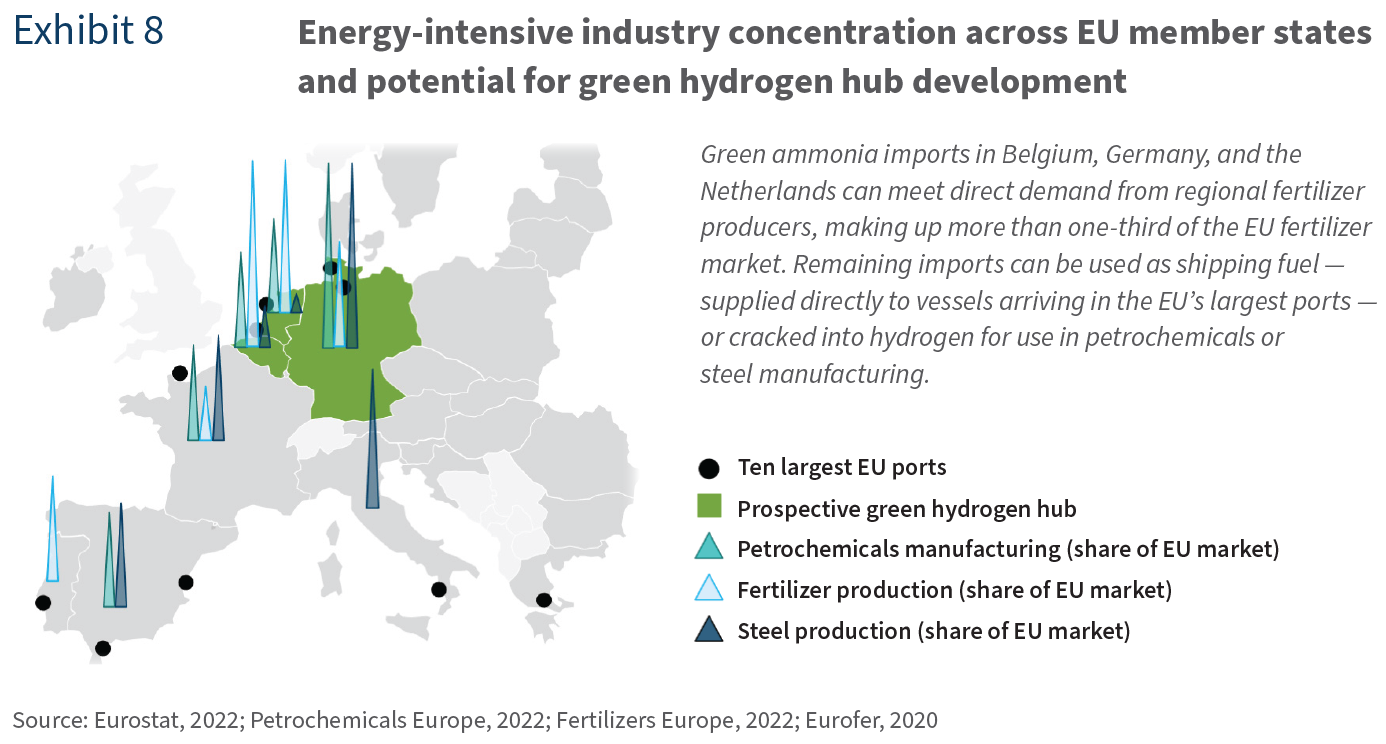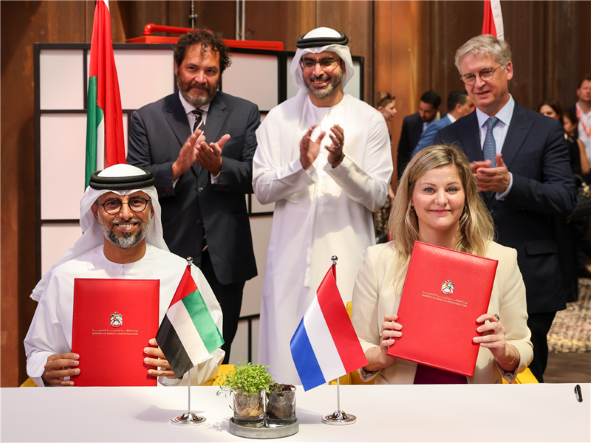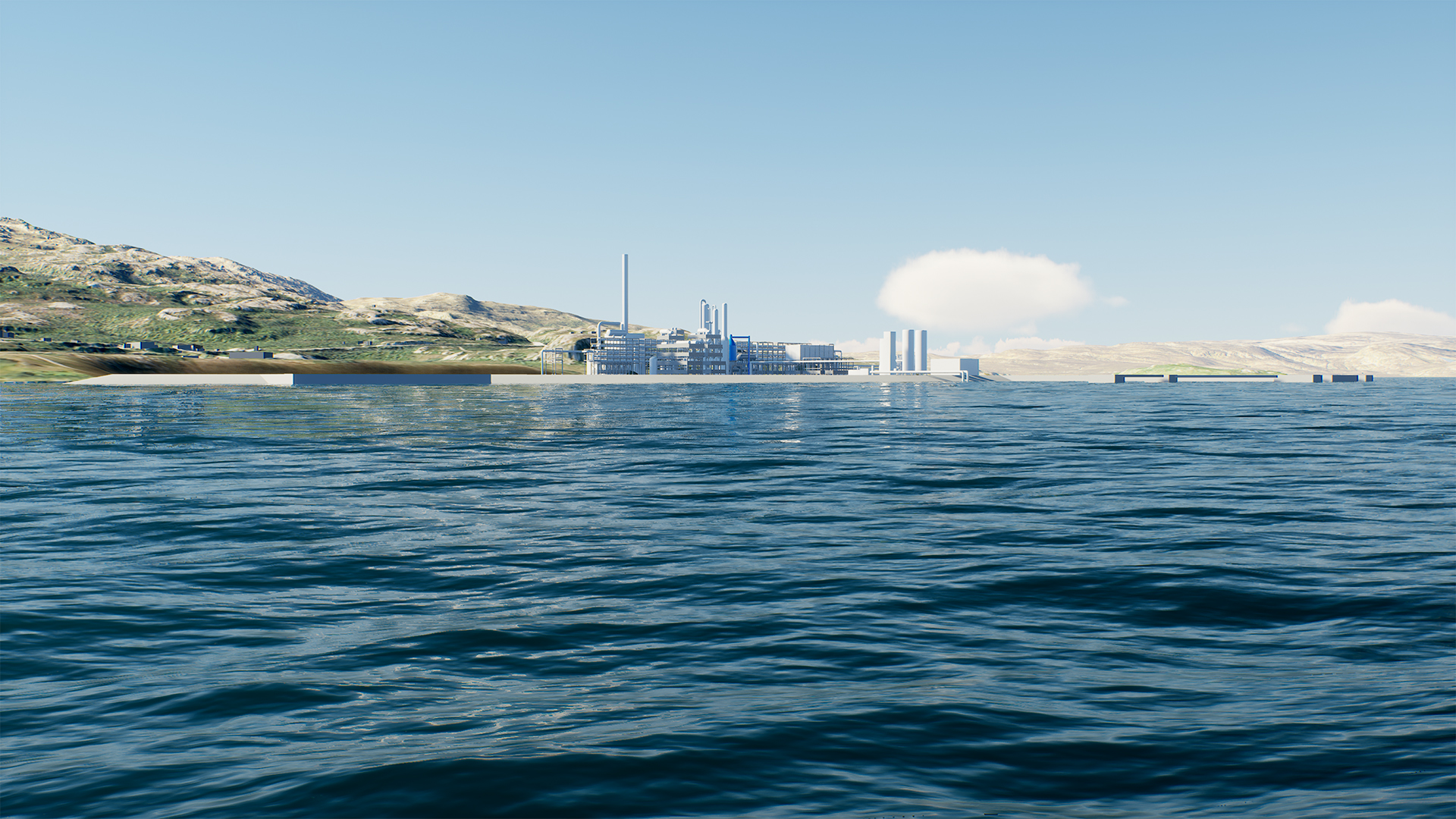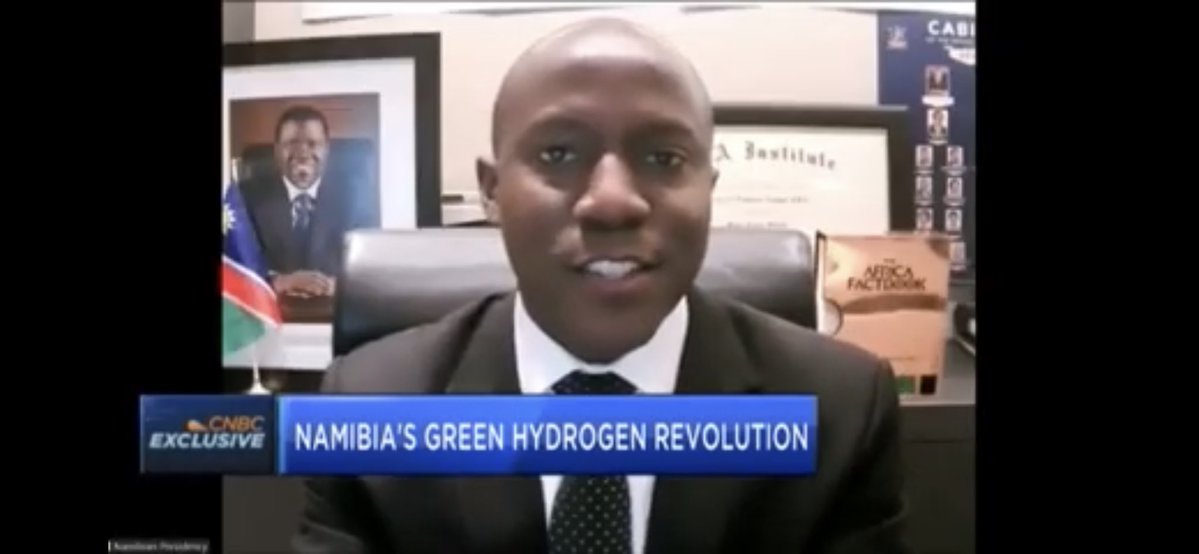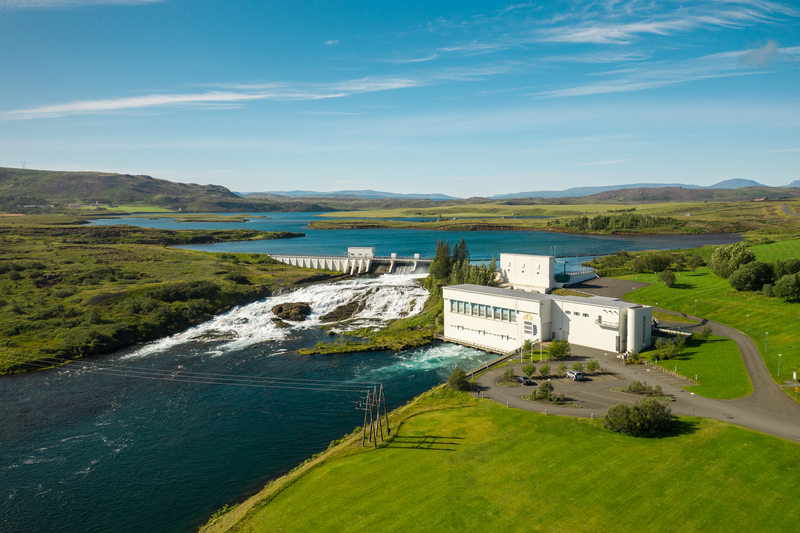Two developments this week as progress continues towards clean ammonia supply chains between the EU and the Middle East:
1. ADNOC signed multiple agreements with a diverse set of German organisations to study, implement and accelerate clean hydrogen supply chains between Germany and the UAE. Among the agreements is the execution of a blue ammonia “demonstration cargo” shipment from the UAE to Germany this year, via Fertiglobe’s Fertil plant in al Ruwais, UAE.
2. The UAE Ministry of Energy and Infrastructure and the Dutch Ministry for Foreign Trade and Development Cooperation signed a new MoU on hydrogen energy, with a view to supplying Europe via green hydrogen & ammonia imports into the Port of Rotterdam.






